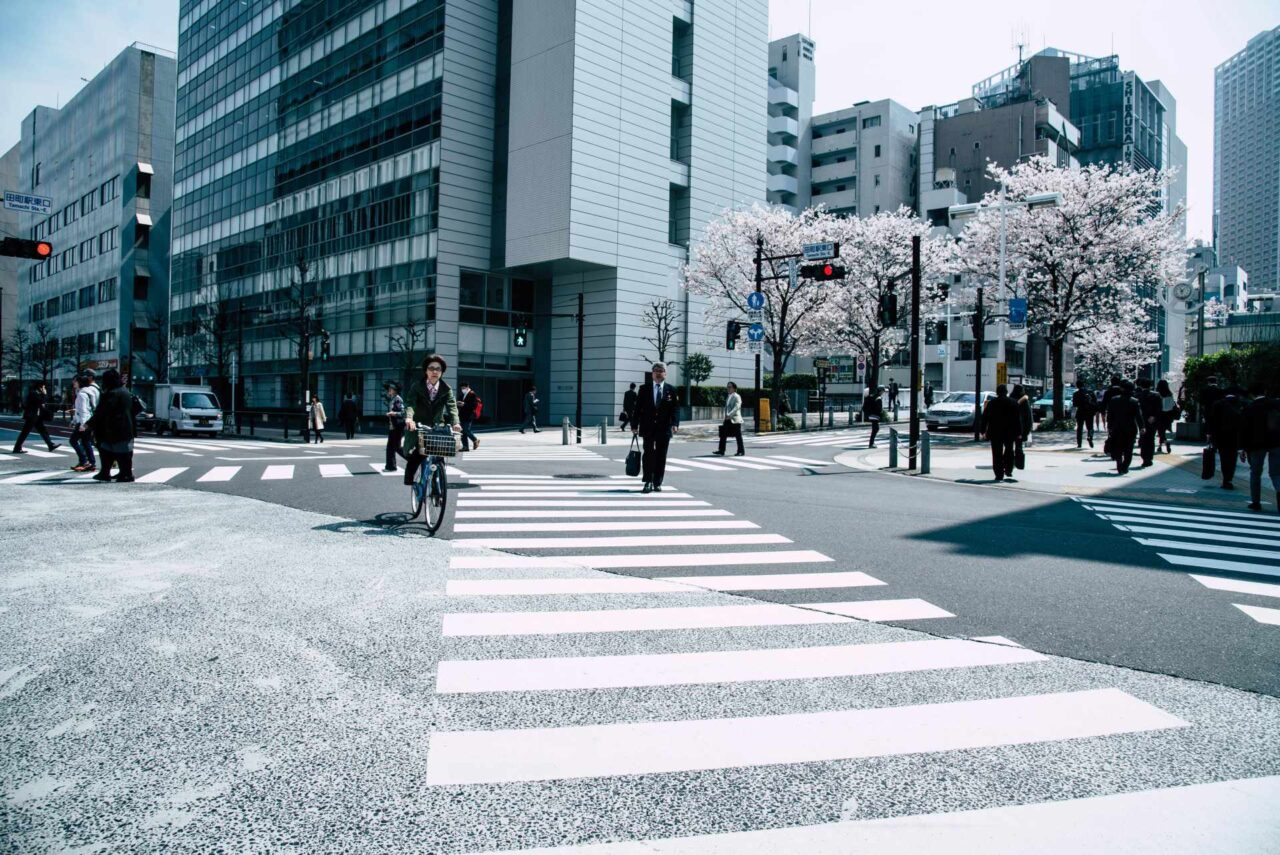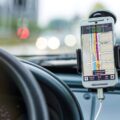
In cities around the globe, the humble pedestrian crossing is undergoing a quiet revolution. With rapid urbanization and the rise of distracted driving, the need for safer streets has never been more urgent. Yet, traditional infrastructure and outdated safety measures are often no match for the dynamic, fast-paced environments that define modern urban life.
Fortunately, innovation is stepping in to bridge the gap between safety and mobility. In this article, we’ll explore the exciting and multifaceted ways in which innovation is revolutionizing pedestrian safety.
The Reality of Pedestrian Accidents Today
Every year, countless pedestrians are injured or killed while walking along roadsides or crossing streets. This is especially true in urban areas where incidents are more common. For example, in January 2025, a woman in Rogers was hospitalized after being struck near 11th Street and West Walnut Street, according to 5News.
In such cases, consulting a local legal expert is key. For instance, in Arkansas, the state follows a modified comparative fault rule, as explained by the Keith Law Group. This means victims can still seek compensation if they are less than 50% at fault. They also have up to three years to file a personal injury claim.
That said, reaching out to a personal injury lawyer in Rogers, Arkansas, can help victims or their families navigate the legal aftermath. They can also explore their options for compensation and accountability.
These incidents reveal how vulnerable pedestrians are, especially in growing cities with traffic, distractions, and poor infrastructure. Most accidents stem from preventable issues like speeding or missing crosswalks. This makes it vital to address these patterns for safer streets.
Are children and seniors at higher risk for road-related pedestrian injuries?
Yes, they face a significantly higher risk for road-related injuries. Limited mobility, slower reaction times, and difficulty judging traffic speeds make them more vulnerable. Children’s unpredictability and seniors’ impairments heighten their risk in complex or poorly designed traffic areas.
Smart Crosswalks and Responsive Traffic Signals
A study published by the NIH highlights that pedestrians face significantly greater risks on the road. Their injury risk is about four times higher than that of other road users. In Europe, pedestrians represent 27% of all road traffic fatalities.
A significant stride in pedestrian safety comes in the form of intelligent infrastructure, particularly smart crosswalks, and responsive traffic signals. These intelligent systems employ sensors and cameras, analyzed by AI, to modify their function according to pedestrian presence and activity.
For example, smart crosswalks rely on sensors to detect pedestrians. They activate flashing lights or extend signal times to alert nearby drivers and enhance safety.
Vehicle-to-Pedestrian (V2P) Communication Systems
Emerging Vehicle-to-Pedestrian (V2P) communication systems hold immense promise for proactive pedestrian safety. These systems use Bluetooth, Wi-Fi, or cellular signals to send real-time alerts between connected vehicles and pedestrian devices.
In low visibility, V2P systems alert drivers and pedestrians with dashboard lights or smartwatch vibrations to prevent potential collisions.
According to Research and Markets, the Vehicle-to-Pedestrian (V2P) communication market grew from $819.75 million in 2023 to $932.75 million in 2024. The increasing adoption of V2P technologies for pedestrian safety is evident in this upward trend. The market is expected to reach $2.07 billion by 2030, with a CAGR of 14.18%.
AI and Data-Driven Urban Planning
Cities are increasingly turning to artificial intelligence and big data analytics to reimagine pedestrian safety at scale. AI-powered urban planning tools analyze millions of data points, which include traffic patterns, accident reports, pedestrian behavior, and weather. This enables them to pinpoint high-risk zones and improve street designs proactively to prevent accidents.
Machine learning algorithms use historical collision data to forecast high-risk pedestrian areas. Meanwhile, computer vision tracks real-time foot traffic to recommend improvements like better-lit crosswalks or redesigned intersections.
How does AI predict where future pedestrian accidents might occur?
AI helps predict future pedestrian accident hotspots by analyzing large datasets like traffic patterns, weather, and past incidents. Machine learning algorithms detect high-risk areas through recurring trends and anomalies. This empowers city planners to anticipate risks and implement preventative safety measures.
Safer Cars Through Autonomous Features
The integration of autonomous features into modern vehicles holds significant potential for enhancing pedestrian safety. Features like automatic emergency braking (AEB), lane-keeping assist, and adaptive cruise control mitigate human mistakes, a major cause of pedestrian crashes.
For example, an AEB can automatically brake when it senses a pedestrian in the car’s trajectory. These features act as a crucial safety net, particularly in situations where driver distraction or fatigue is a concern.
Automotive Dive reported that a study found AEB systems reduced rear-end crashes by 49% across various vehicle model years. The research highlighted the effectiveness of this technology in improving road safety. Additionally, pedestrian automatic emergency braking systems lowered crashes involving non-motorists, such as cyclists and pedestrians, by 9%.
How reliable is pedestrian recognition technology in bad weather or low light?
Pedestrian recognition technology has improved but still faces challenges in bad weather or low-light conditions. Rain, fog, and darkness can reduce sensor accuracy. However, modern systems using infrared, radar, and AI help enhance detection. While not perfect, these technologies are becoming more reliable and continue to advance rapidly.
Paving the Way for a Safer, Smarter Future
As cities evolve, so too must the ways we protect those who walk their streets. The innovations discussed above are not just futuristic concepts, but they are actionable solutions already saving lives. These technologies, backed by data and human-centered design, are reshaping urban landscapes to prioritize pedestrian safety without compromising mobility.







